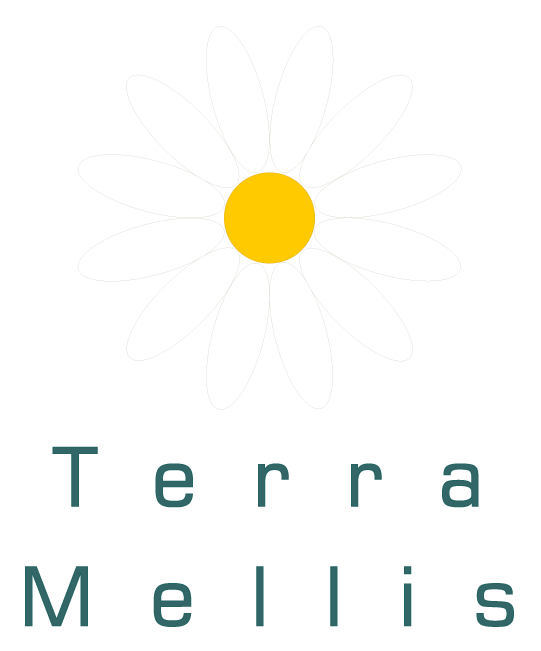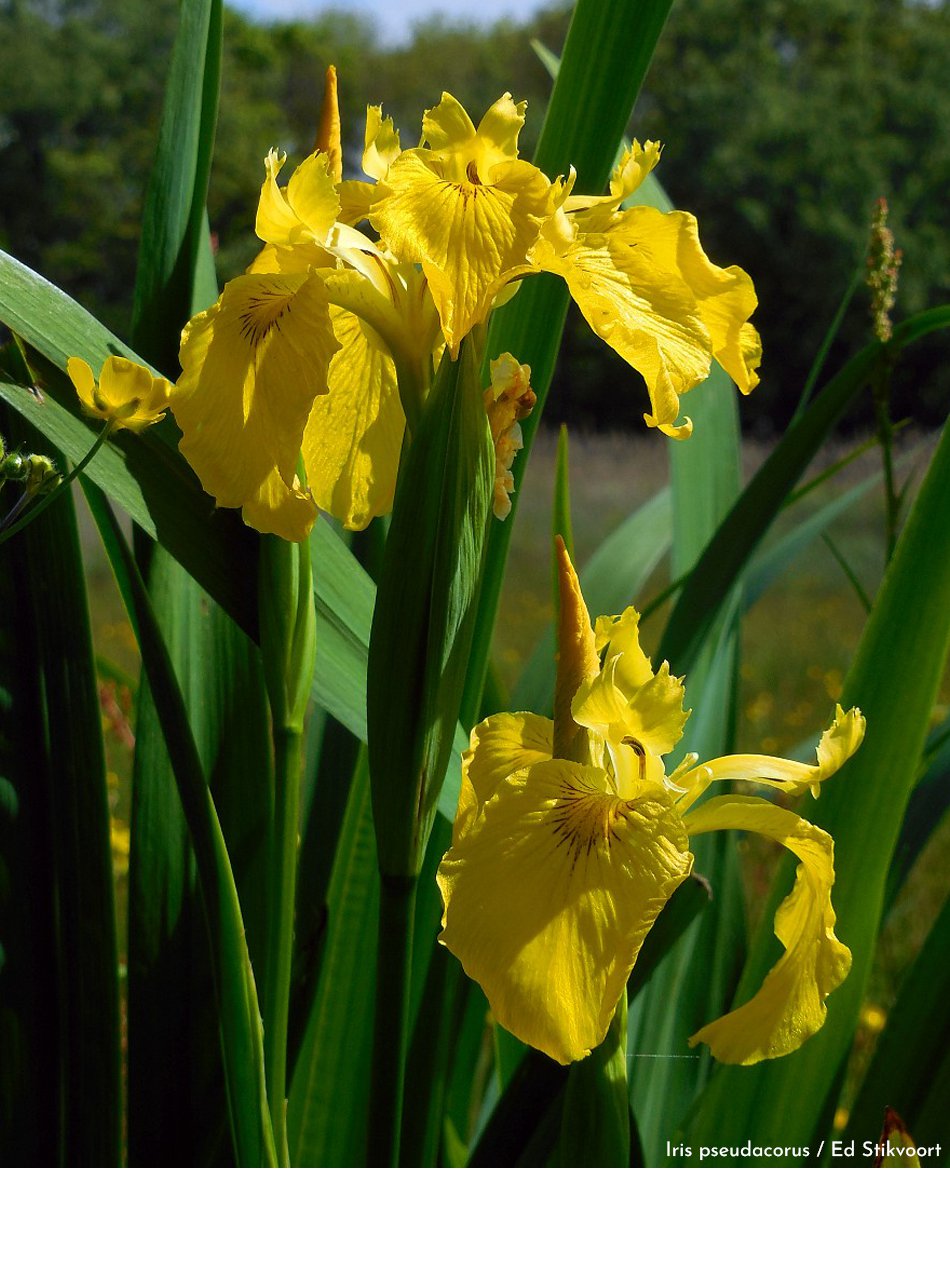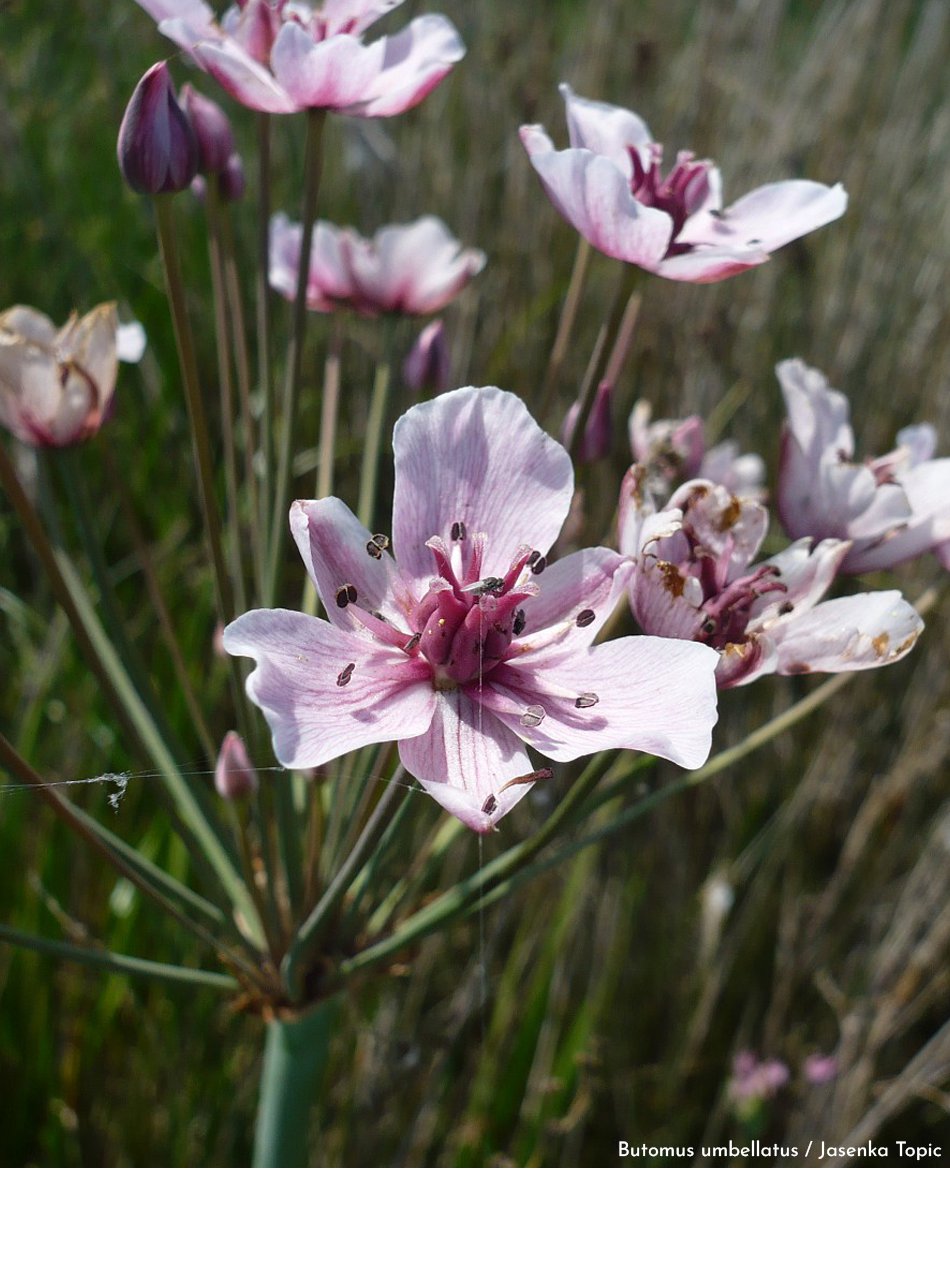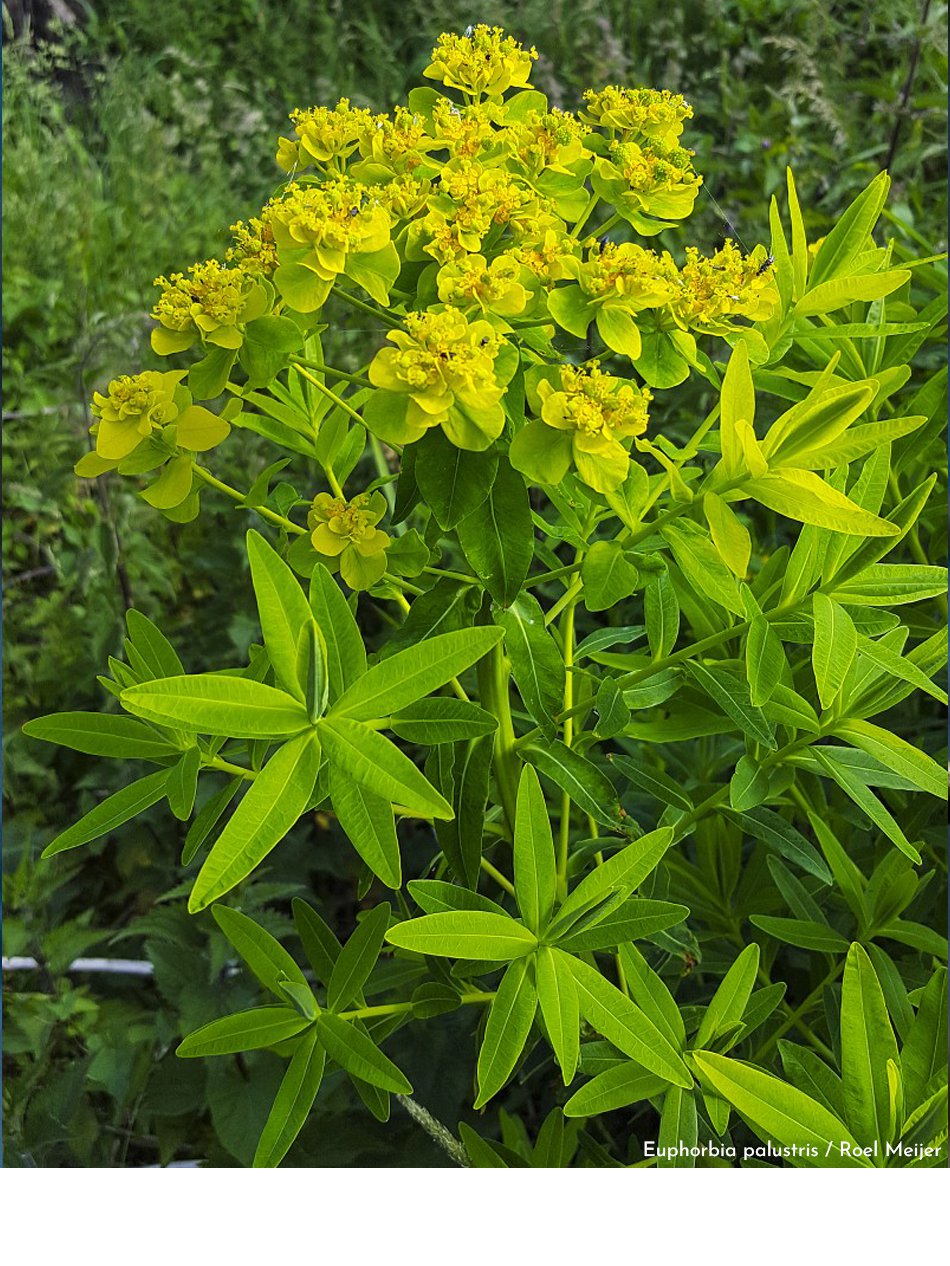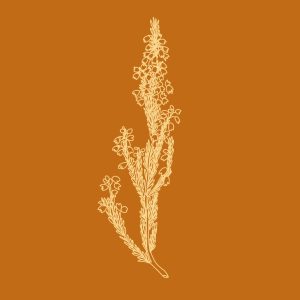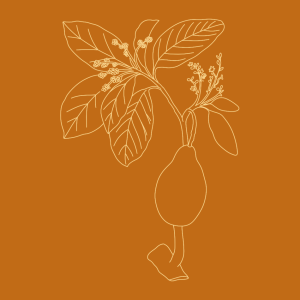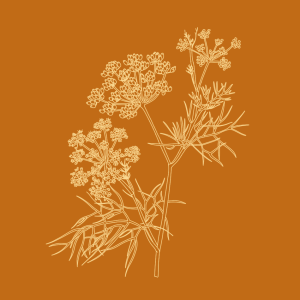Marshland / marsh / wetlands honey is a generic name for honey produced in areas of the Northern hemisphere near large watersheds: deltas, riverbanks or the banks of large rivers. There grows a specific flora adapted to wet and/or flooded soils. They are complex ecosystems, with hundreds of plants, many of which are melliferous. In Romania, such marshlands are found along the Danube River and in the Danube Delta. In France, they can be found particularly in the Vendée and the Loire Valley.
The honey originating in these areas is usually harvested in summer or autumn and almost all varieties have in common a slightly minty smell and taste, which is due to the abundant peppermint found in these areas. It then differs from beekeeper to beekeeper, depending on the plants that have been foraged by the bees in the area where they have installed the hives. It is a very pleasant honey, refreshing thanks to the peppermint in its composition, usually crystallizing finely.
Here are some of the plant species found in these areas:
Yellow iris – Iris pseudacorus
Purple loosestrife – Lithrum salicaria
Marsh bedstraw – Galium palustre
Marsh spurge – Euphorbia palustris
Great water-parsnip – Sium latifolium
Marsh woundwort – Stachys palustris
Grass rush – Butomus umbellatus
Wilow – Salix alba, Salix cinerea
Russian olive – Elaeagnus angustifolia
German tamarisk – Myricaria germanica
Tamarisk – Tamarix ramosissima
Common water-crowfoot – Ranunculus aquatilis
Beach morning glory – Calystegia soldanella
